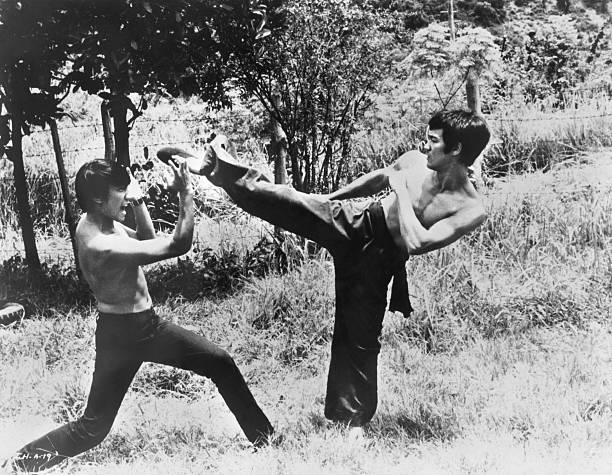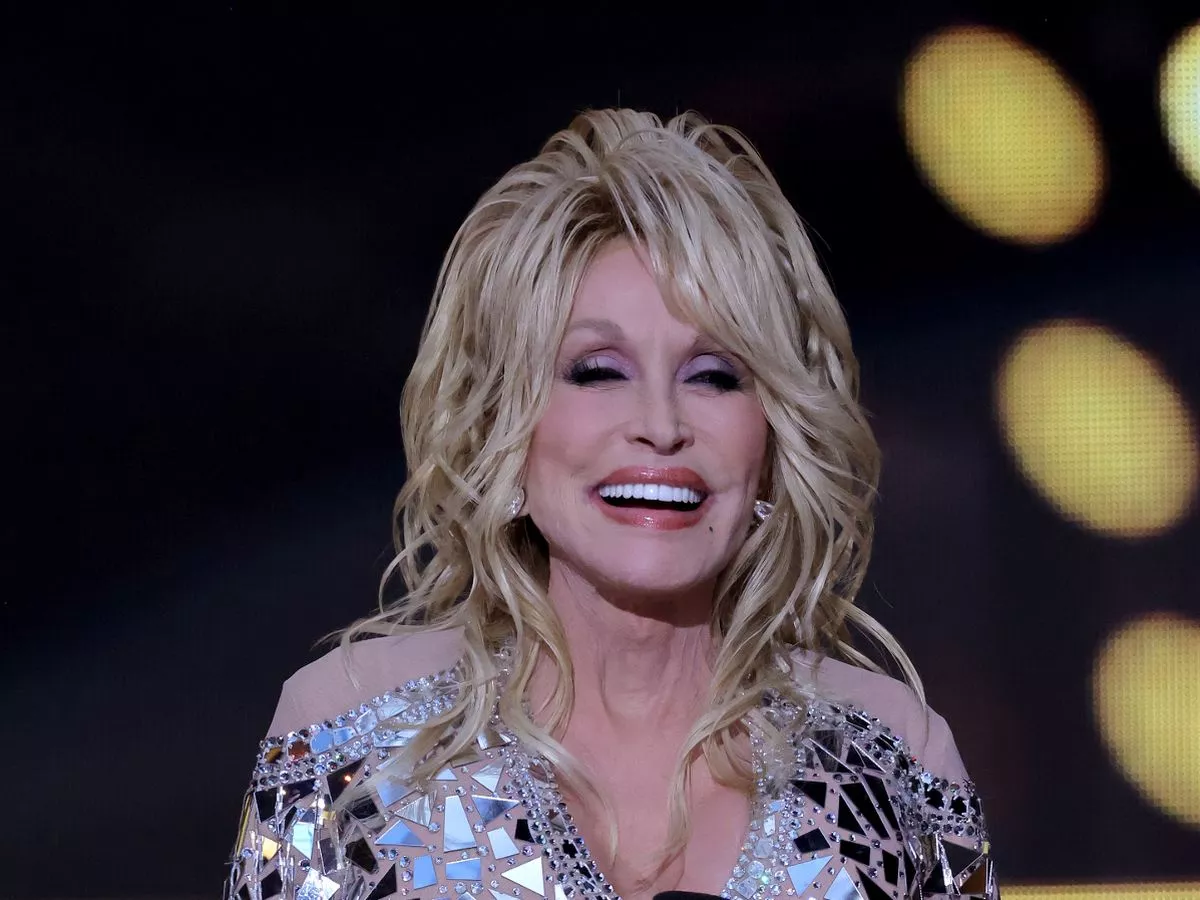Bruce Lee was more than just a martial artist or an actor—he was a living legend whose life and philosophy continue to inspire millions. Born on November 27, 1940, in San Francisco during his father’s opera tour, Bruce’s life was marked by contradictions, challenges, and an unwavering will to break boundaries. His journey, from a mischievous child actor in Hong Kong to a global martial arts icon, was filled with weird and inspiring moments that still captivate people today.

A Name to Protect from the Evil Eye
One of the first unusual facts about Bruce Lee lies in his name. His birth name, Li Jun-fan, meaning “small phoenix,” was given to him by his mother in a bid to protect him from bad luck, particularly after the death of a sibling. In Chinese tradition, such a name was thought to confuse malicious spirits. Ironically, the American nurse who helped deliver him named him Bruce, a name that would later become legendary.
The Little Dragon

Bruce Lee was born in the Year of the Dragon, an astrological symbol in Chinese culture representing strength, disobedience, and speed. These traits would define Bruce both on and off-screen. By the age of 18, he had already acted in over 20 films in Hong Kong, earning the nickname “The Little Dragon” from fans. His youthful rebellion wasn’t just for show, though—he often found himself in street fights, defending himself from gangs due to his mixed ethnicity. His mother was of European descent, which made him an easy target for bullies.
A Victim of Racism in Both Worlds

Bruce’s struggles with identity and acceptance didn’t end in Hong Kong. Even after moving to the United States, where he was born, Bruce faced prejudice. In Hong Kong, he was often ridiculed for his mixed heritage, with his European ancestry making him “not Chinese enough.” In America, despite his talents and ambition, he was seen as “too Chinese” to fit into the mainstream. His relationship with his future wife, Linda Emery, was also met with resistance from her family because he was Chinese. This dual sense of alienation in both countries deeply influenced Bruce’s views on breaking racial and cultural barriers.
A Gang Member and Kung Fu Savior

Bruce wasn’t always the disciplined fighter we know today. As a teen, he formed his own gang and engaged in violent street fights. After losing one particularly brutal fight, Bruce turned to martial arts for self-defense, finding a mentor in the legendary Ip Man. Bruce Lee’s mastery of Wing Chun, however, wasn’t enough to bring him inner peace. His rebellious nature often led to trouble, prompting his father to send him to the U.S. at the age of 18 to start anew.
The Philosophy of “Be Water”

One of the most inspiring aspects of Bruce Lee’s philosophy was his belief in adaptability, encapsulated in his famous saying, “Be water, my friend.” This philosophy wasn’t just about martial arts but life itself—be flexible, take the shape of whatever situation you’re in, and flow. It was a guiding principle he applied to everything, from his approach to acting to his creation of Jeet Kune Do, a martial art that transcended tradition by combining techniques from various disciplines.
A Man Who Merged Cultures

Bruce Lee broke barriers by teaching martial arts to students of all races, something that angered many traditionalists in the Chinese martial arts community. His decision led to a challenge from another master, Wong Jack Man, who believed that Kung Fu should remain a Chinese secret. Bruce won the fight but wasn’t satisfied, as he hadn’t defeated his opponent as quickly as he’d hoped. This moment drove him to innovate further, leading to the creation of Jeet Kune Do, a martial art free of stylistic constraints, much like Bruce himself.
The Legendary “One-Inch Punch”
Perhaps one of the weirdest and most amazing feats of Bruce Lee was his “one-inch punch,” where he could knock a person several feet back with just a short-range blow. It wasn’t just for show—he once demonstrated this skill by knocking down a 158-kilogram man using the punch. His physical prowess wasn’t limited to punches either. He could do push-ups using just two fingers and would often train with punching bags weighing up to 136 kilograms, far heavier than what most professional boxers used.
A Tragic and Mysterious End
Bruce Lee’s life was cut tragically short at the age of 32 under mysterious circumstances. While working on the film Game of Death, Bruce complained of a headache and was given a painkiller. This simple act led to a severe allergic reaction, causing brain swelling and, ultimately, his death. His sudden passing gave rise to countless myths, including a supposed curse placed upon him for sharing Chinese martial arts with the world.
In just 32 years, Bruce Lee revolutionized not only martial arts but also the way Eastern philosophy and culture were viewed in the West. He taught us the power of self-expression, the importance of adaptability, and that, under the sky, we are all one family.
Bruce Lee didn’t just fight battles on screen—he fought for cultural understanding, for freedom from prejudice, and for the idea that everyone, regardless of race or background, can achieve greatness. He was, in every sense, a dragon who refused to be tamed.



